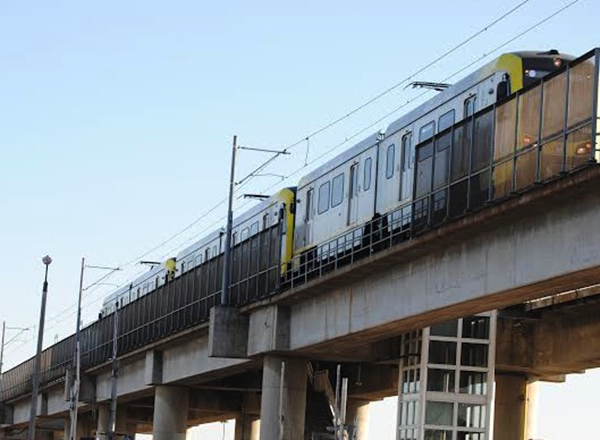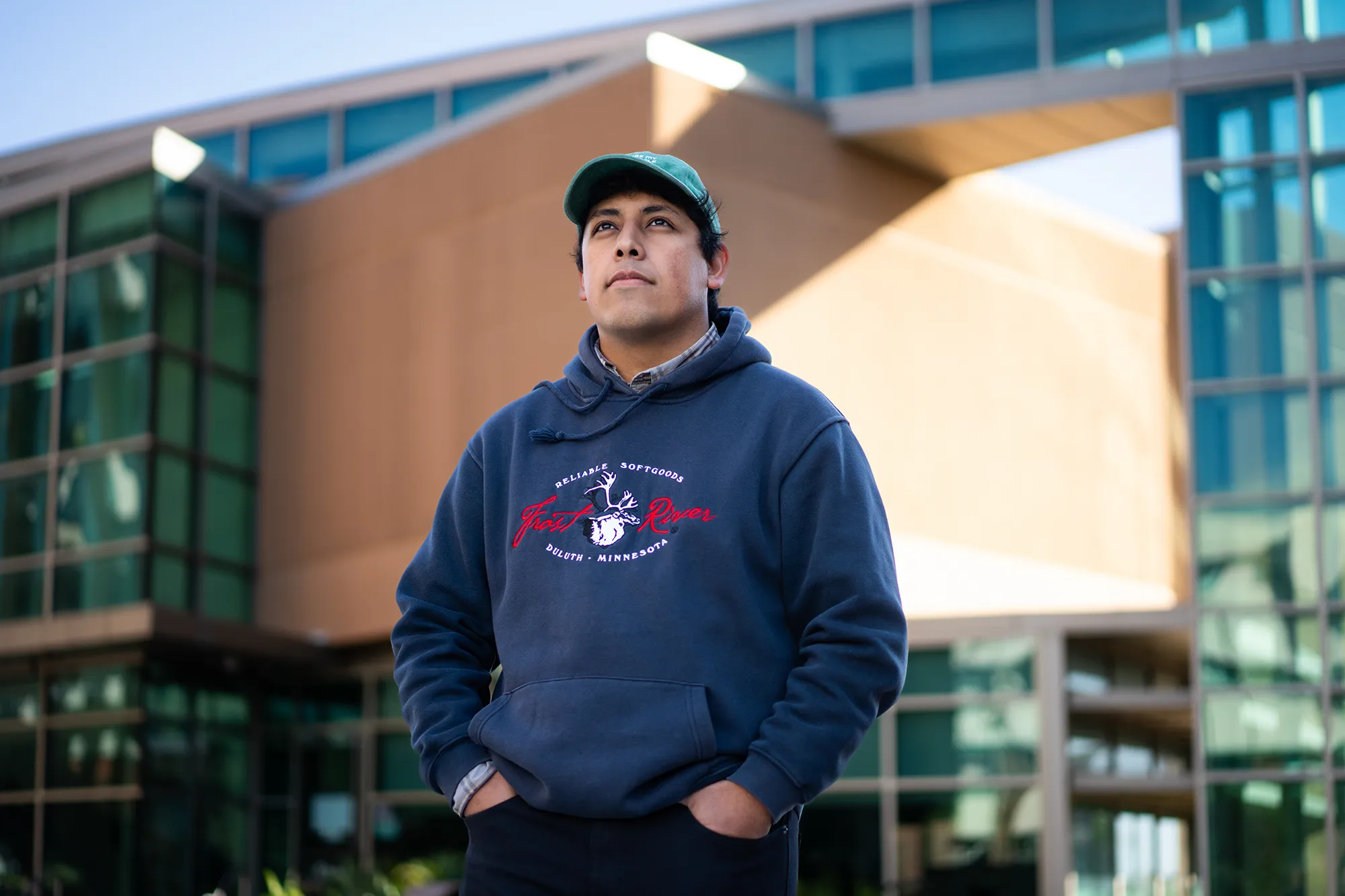By Alfredo Santana
Contributing Writer
LOS ANGELES — The cost to build the proposed West Santa Ana Branch Corridor light rail system from Artesia to downtown Union Station will cost between $8.5 to $9.5 billion, money the Los Angeles County Metropolitan Transportation Authority currently doesn’t have.
However, the MTA’s board of directors vowed to get the project funded and completed sooner than what the agency planned.
When the board of directors gathered on Jan. 27 to approve building the long-awaited railroad line that would link blue-collar communities in Southeast Los Angeles with Los Angeles, they ordered MTA CEO Stephanie Wiggins to explore sources and secure funding for portions of the project.
County Supervisor Janice Hahn, who became the area’s representative after redistricting added most Southeast Los Angeles cities into her Fourth District, said the local transportation agency stashed $2 billion to spearhead its construction.
Hypothetically, if the county were to raise $9.5 billion from its 10 million residents, each should contribute $948.67.
MTA’s board members also voted to accelerate construction of the project’s first segment that would connect the Pioneer Boulevard station in Artesia to the A-Line’s (Blue Line) Slauson Avenue station before 2033, and declared the project will not be considered complete until its extension to Union Station is finished.
The second leg of the route would take the MTA about 10 more years to complete. Previously, the agency said the 14.8-mile initial segment had a tag price of $4.9 to $5.1 billion.
None of the previous estimates consider rising construction costs due to 7% inflation.
U.S. Rep. Linda Sanchez, D-Norwalk, shed light on what sources the local transportation agency may tap to reel in the needed cash.
Sanchez said the corridor is well positioned to apply for and get funds from the $1 trillion infrastructure bill President Joe Biden signed last November, and that the light rail project can become an example of efficient, clean local commute for the nation.
However, Sanchez did not say how much money the infrastructure bill may offer. The infrastructure law provides $8 billion for “high-capacity transit projects” to communities nationwide, with projected additional allocations of $15 billion that could be derailed due to lack of support and partisan gridlock.
Sanchez and a delegation of Southland officials also met with Secretary of Transportation Pete Buttigieg, and urged him to fund projects like the West Santa Ana Branch corridor.
“The rail would begin right in the heart of #CA38 and benefit a region that has historically lacked public transportation options,” Sanchez said on Twitter. “It is a long overdue, transformational investment in environmental justice that will make life easier for thousands between Artesia and L.A.”
Picks and shovels may not break ground for construction until 2023, as the project is under environmental review defined in the National Environmental Policy Act and the California Environmental Quality Act.
The rail line’s environmental impact report calls for projected land purchases, including those of businesses and housing properties near the route, elevated and ground-level stations, grade separations, maintenance, storage and repair locations, parking lots adjacent to the railroads and other structural changes.
Funding from the federal and state governments are tied to the final certification of the environmental report. The Federal Transit Administration is expected to issue its decision at the end of the year.
Los Angeles Mayor Eric Garcetti, also an MTA board member, said Gov. Gavin Newsom has pledged to help fund the transit corridor. Supervisor Hahn said the state may contribute another $2 billion.
The MTA also plans to use money from Measure M to support the WSAB corridor as revenues accrue.
Approved by county voters in 2016, the permanent measure collects a half-cent sale tax throughout the county to fund public transportation projects and improve transit conditions in the county.
Data from the agency’s website indicates that $262.3 million had been raised from sales taxes through December 2021. However, it did not establish how much of that money has been spent.
Also, the MTA laid out plans in 2017 to bring in private investors. The agency struck a deal with engineering firms Skanska USA Building and Kiewit Corporation to work on the project, but the terms were not disclosed.
It is unclear how much in yearly interest the county would pay for private funding.
MTA board member and Whittier City Councilman Fernando Dutra pledged to work for and clinch the necessary funds to make the rail line a reality.
He added it is time for the region to have its share of federal funds following transportation allocations for $7 billion the county logged in the last 40 years.
“This is our top federal priority, and I am pleased to partner with my colleagues to accelerate the project’s schedule and secure funding from our partners,” Dutra said.
The rail line would link Artesia, Bellflower, Downey, South Gate, Bell, Huntington Park, Vernon and unincorporated Florence-Firestone with downtown Los Angeles, following the path of the historic Pacific Electric West Santa Ana Branch corridor.
Once the environmental impact report is approved, and if the MTA secures enough funds, the MTA will move to the engineering and design stage, followed by its construction.












